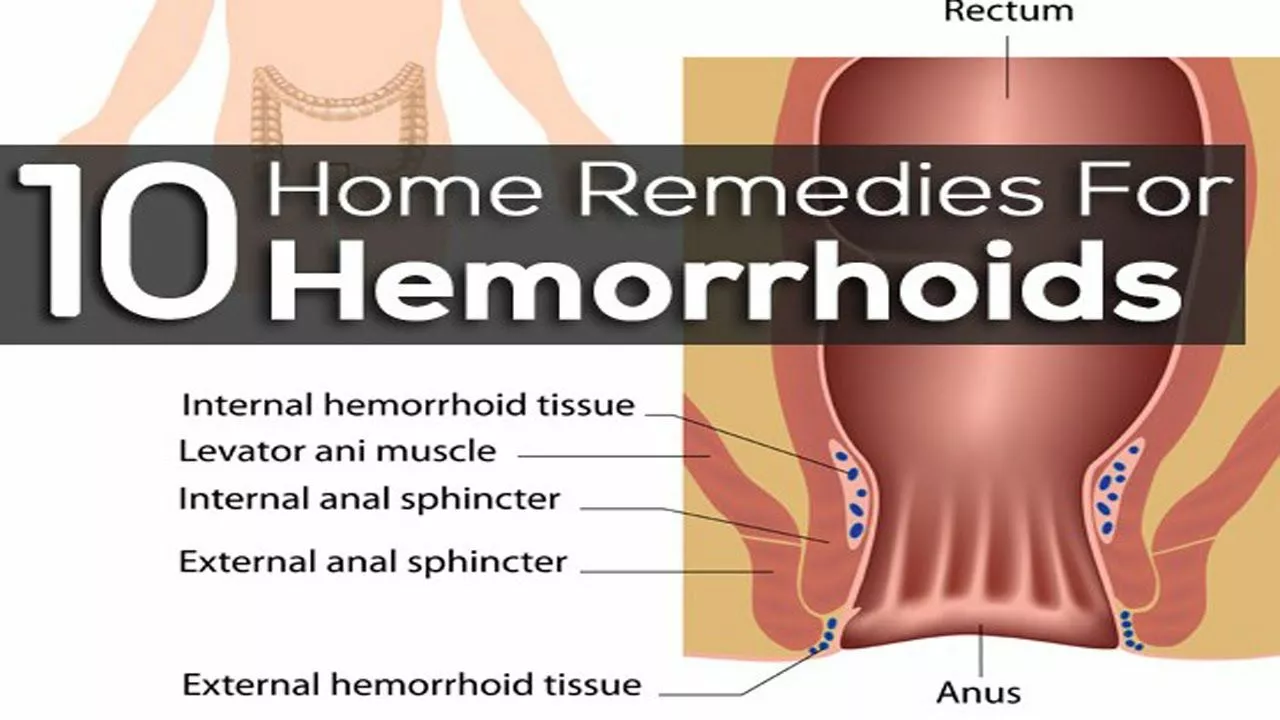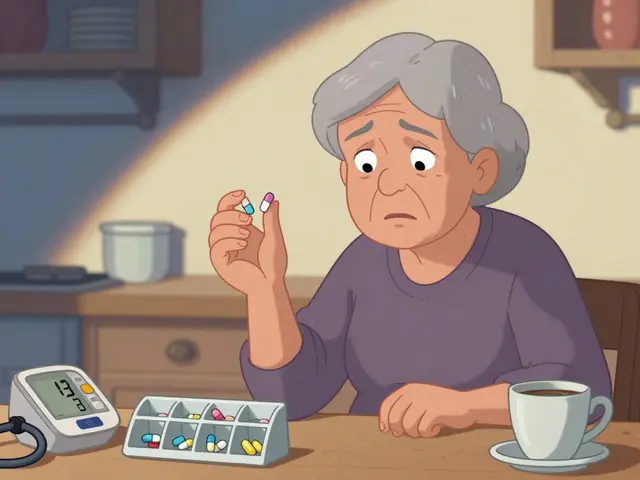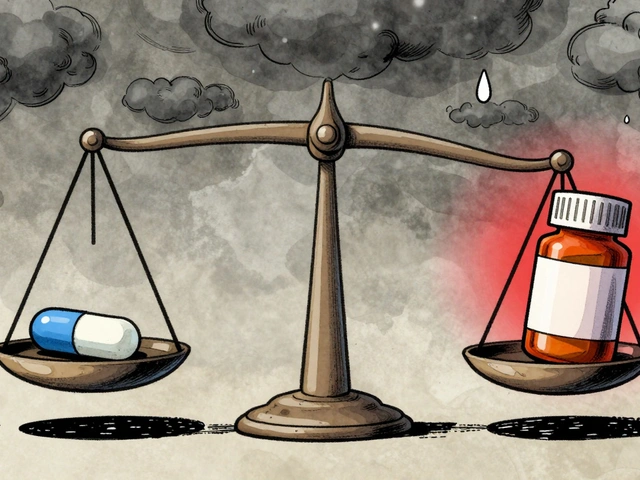Hemorrhoid Relief: Fast, Practical Treatments
If you have painful, itchy, or bleeding hemorrhoids, you want relief now. Hemorrhoid relief starts with simple habits you can use today: easing strain, softening stools, and calming inflammation. These steps won't always fix the root cause immediately, but they usually cut pain and speed healing.
Home treatments that work
Fiber and water are the foundation. Aim for about 25–30 grams of fiber daily from foods (oats, beans, fruit, vegetables) or a psyllium supplement. Drink plenty of water—thinner stools mean less straining. If constipation is the issue, a short course of a gentle stool softener like docusate can help while you boost fiber.
Sitz baths really help. Sit in warm (not hot) water for 10–15 minutes, 2–3 times a day and after bowel movements. That soothes pain, reduces swelling, and keeps the area clean without harsh scrubbing. After bathing, pat the area dry with a soft towel or use a hair dryer on low to avoid irritation.
Topical options ease symptoms fast. Over-the-counter hydrocortisone cream (usually 1%) or witch hazel pads can reduce itching and burning. Use small amounts and follow package directions—don’t overuse steroid creams for long periods. For short-term pain, OTC pain relievers like acetaminophen or ibuprofen help, and cold packs can reduce swelling.
Change bathroom habits. Go when you feel the urge—don’t delay or strain. Avoid sitting on the toilet for long periods (no phones). If you lift heavy items, brace your core and avoid holding your breath to reduce pressure on pelvic veins.
When home care isn’t enough: see a doctor
Most hemorrhoids improve with the steps above, but see a healthcare provider if you have heavy bleeding, severe pain, fever, or symptoms of anemia (dizziness, weakness). Also get checked if a lump near the anus won’t go back inside, or if symptoms persist beyond a few weeks despite home care.
Medical options range from simple office procedures to surgery. Rubber band ligation (bands placed at the base) is common for internal hemorrhoids and works well for many people. Other options include sclerotherapy, infrared coagulation, and, rarely, hemorrhoidectomy for severe or recurring cases. Your doctor will suggest the least invasive effective option based on your condition.
Prevention matters. Keep a fiber-rich diet, stay active, avoid long periods sitting, and maintain regular bowel habits. Small changes—a fiber supplement, more water, short walks—can prevent future flares and save you a lot of discomfort.
If you’re unsure about symptoms or treatments, a quick call to your doctor can point you in the right direction. Hemorrhoid relief is often a few simple changes away, and help is available if you need it.

The Benefits of Yoga for Hemorrhoid Relief and Prevention
I recently discovered the incredible benefits of yoga for hemorrhoid relief and prevention. Practicing yoga not only helps to improve blood circulation, but also strengthens the pelvic floor muscles, which can prevent and alleviate hemorrhoid symptoms. Additionally, yoga promotes relaxation and stress reduction, which can aid in digestion and reduce constipation - a common cause of hemorrhoids. I've personally experienced a significant improvement in my symptoms since incorporating yoga into my daily routine. I highly recommend giving yoga a try if you're seeking a natural, holistic approach to managing and preventing hemorrhoids.
View More




